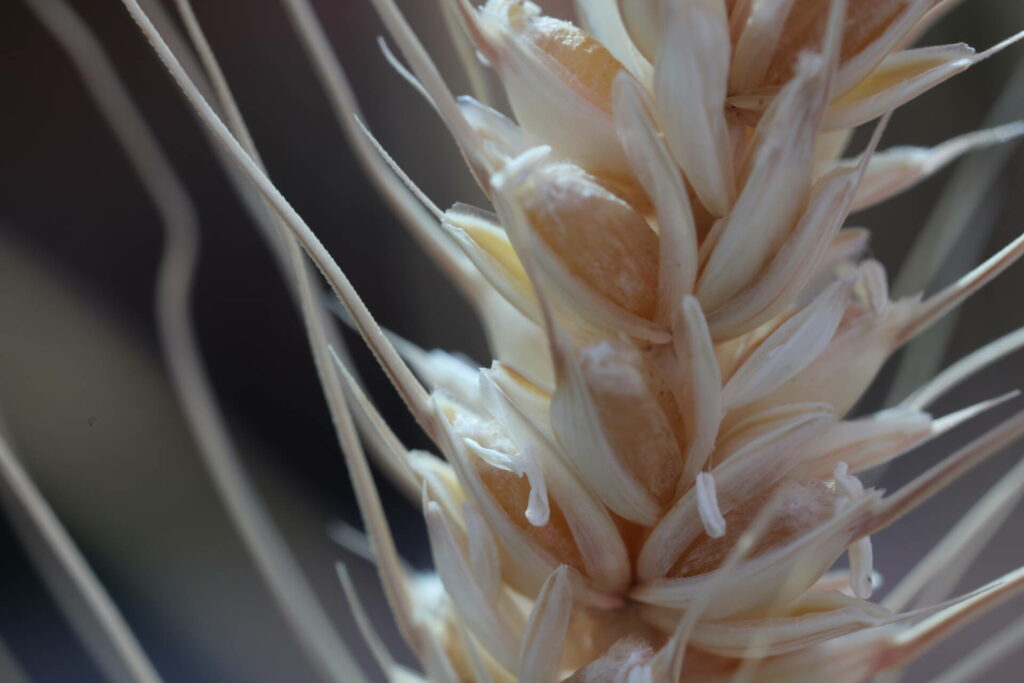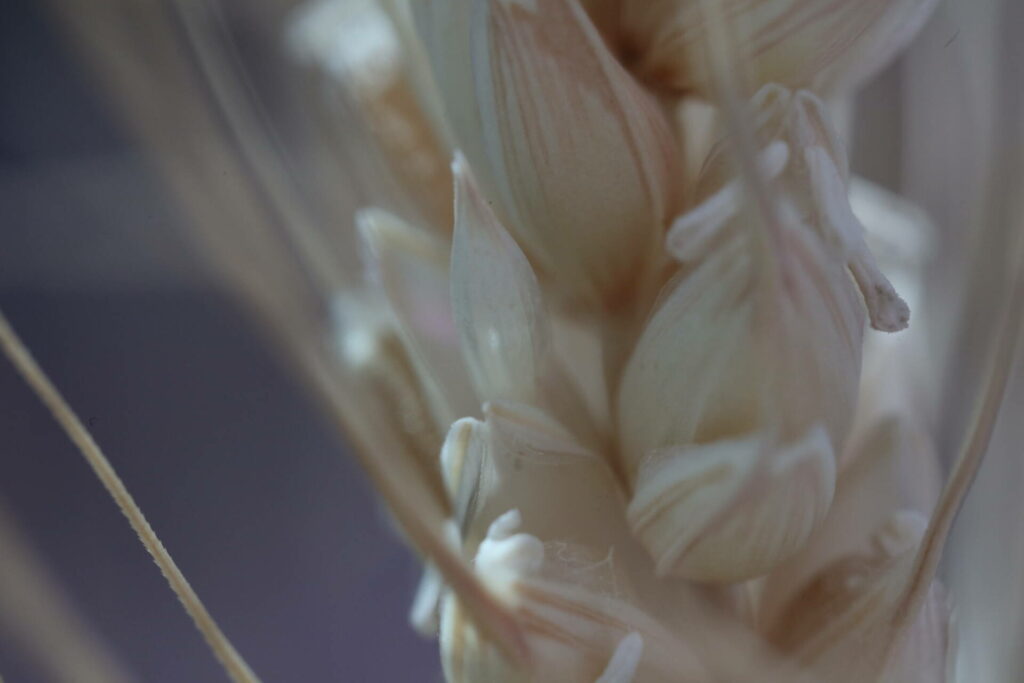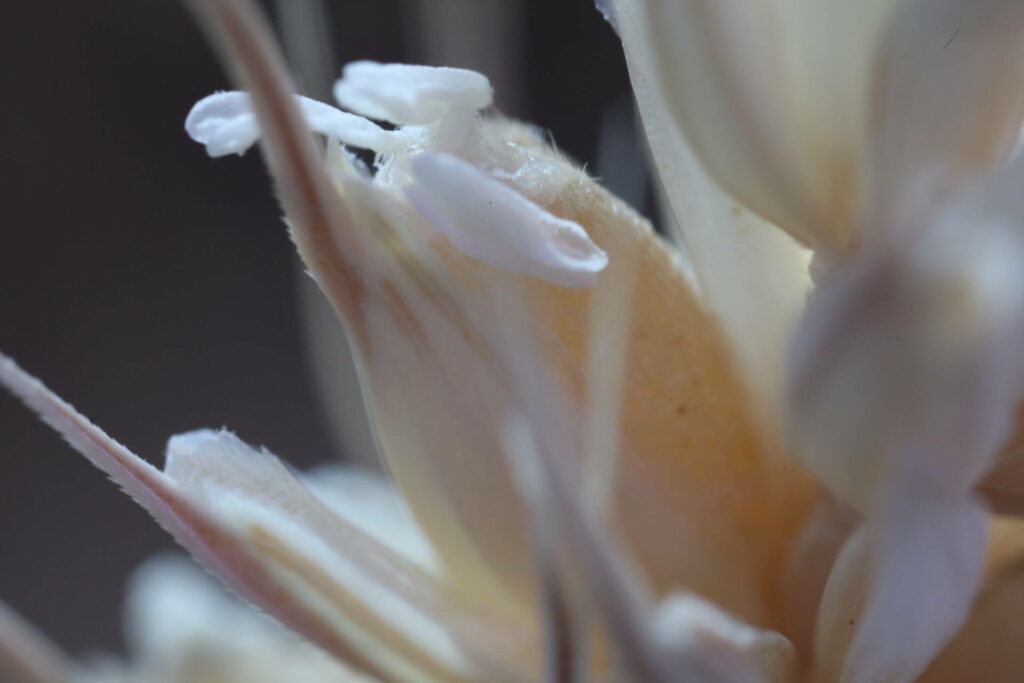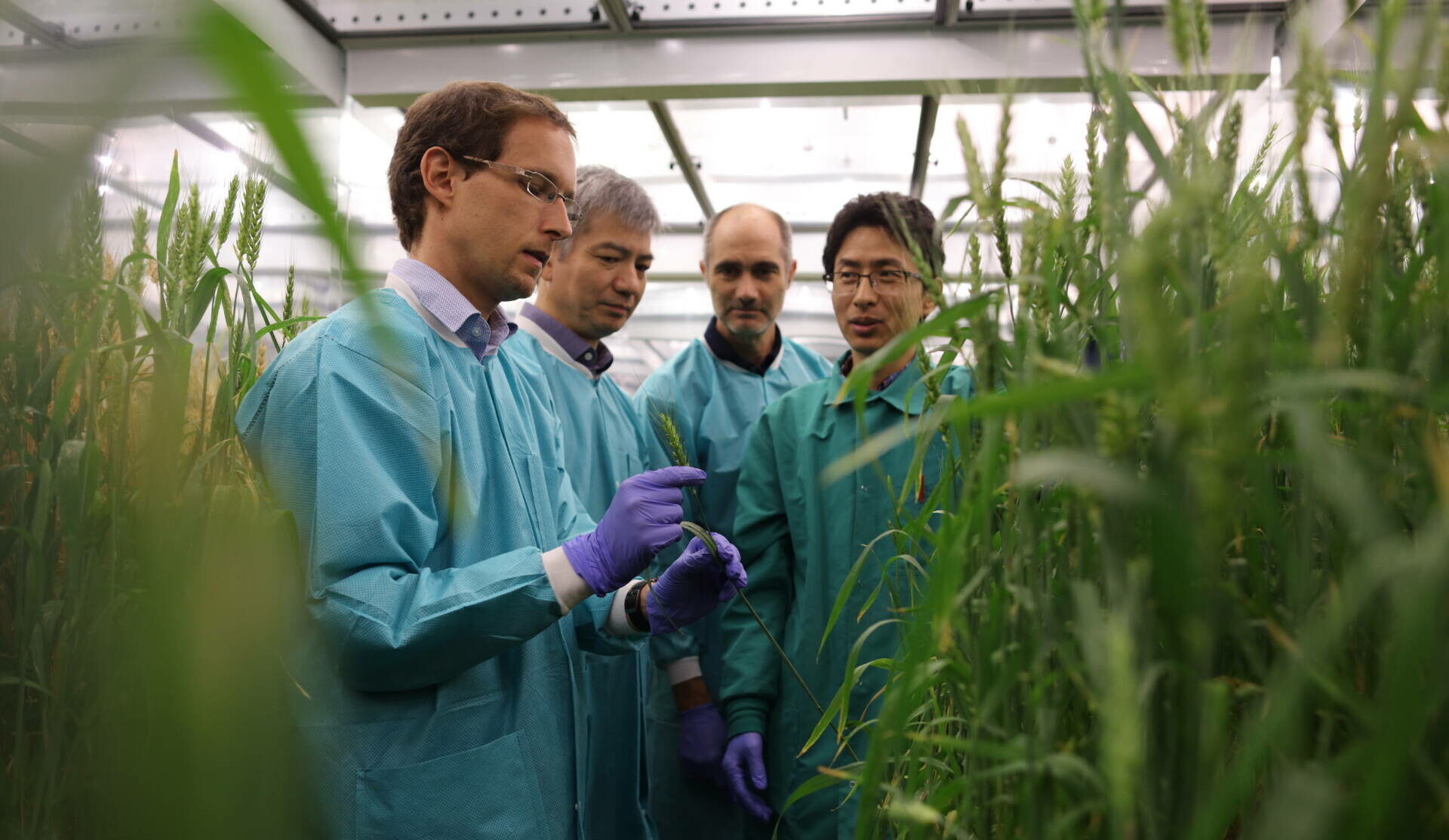A close research partnership between two research leaders — Simon Krattinger and Brande Wulff — has borne fruit for early career researchers in their respective groups.
“The groups support each other in a synergistic way. There is so much to do, and we achieve the most when we collaborate,” says Brande Wulff, whose group works on genetic resistance in wheat. “KAUST is a relatively small university, which means we all know each other, and we know exactly where to go to get the help we need from people who are experts in their fields.”
“The groups supported each other in a synergistic way.”
For one early career researcher, postdoc Yajun Wang in Simon Krattinger’s cereal genetics and genomics group, what began as a side project has now spun into a major endeavor involving five different research groups and the development of a new model for plant immunity.
Wang, with research experience based exclusively on barley genetics, thought he needed some experience working on wheat. Krattinger gave him a small packet of wheat seeds and told him to go ahead.
The side project took Wang down a long road lasting several years, resulting in novel method development and a significant finding that, according to Krattinger, will make his career.
“From someone who is a rigorous geneticist but with little experience in bioinformatics, Yajun has been able to carve a formidable reputation in bioinformatics with this work,” says Krattinger.
Wang and colleagues successfully cloned the wheat rust resistance gene Lr9 and identified that it encodes an unusual kinase fusion protein. His method combines long-read sequencing of mRNA from wild-type parental lines and short-read mRNA sequencing of mutant plants to identify candidate genes. Compared to other gene-cloning methods based on DNA sequencing, the method allows cheaper and faster gene cloning without tedious genetic mapping, and it can be easily applied in any basic molecular biology lab.



At the same time that Wang was cloning Lr9, another researcher, Guotai Yu, in Wulff’s group, was cloning the stem rust resistance gene Sr43. Yu, a plant geneticist who has worked on multiple traits in wheat, barley and wild grasses, is currently working on cloning rust resistance genes from wheat wild relatives.
Comparing notes one day, Krattinger and Wulff realized their teams were working on genes with similar features, both encoding unusual kinase fusion proteins, which recently emerged as a prominent new player involved in disease resistance in Triticeae, the botanical tribe that includes wheat and barley.
“Similar genes have been cloned in the past, but they have always been thought of as exceptions. When both of us had this protein kinase, we thought that maybe this wasn’t an exception,” says Wulff.
“When both of us had this protein kinase, we thought that maybe this wasn’t an exception.”
The close alignment between the two research leaders Krattinger and Wulff made it easy for the two teams to then join forces. They also enlisted the help of other groups in the Center for Desert Agriculture and the broader KAUST scientific community, with expertise on cell biology, protein structure and plant genotyping.
“This allowed us to make detailed predictions about the positions and effects of single amino acids in the protein, which ultimately allowed us to deduce a new ‘integrated decoy’ model for plant-pathogen interactions,” Wulff explains. “These findings, published in two back-to-back papers in Nature Genetics, would not have been possible without the close collaboration between our two groups and our KAUST colleagues”.
What started with sharing complementary ideas and skills has blossomed into a major project, covering genomics, structural biology and finally, proposing a new mechanism of disease resistance involving the role of protein kinases.

